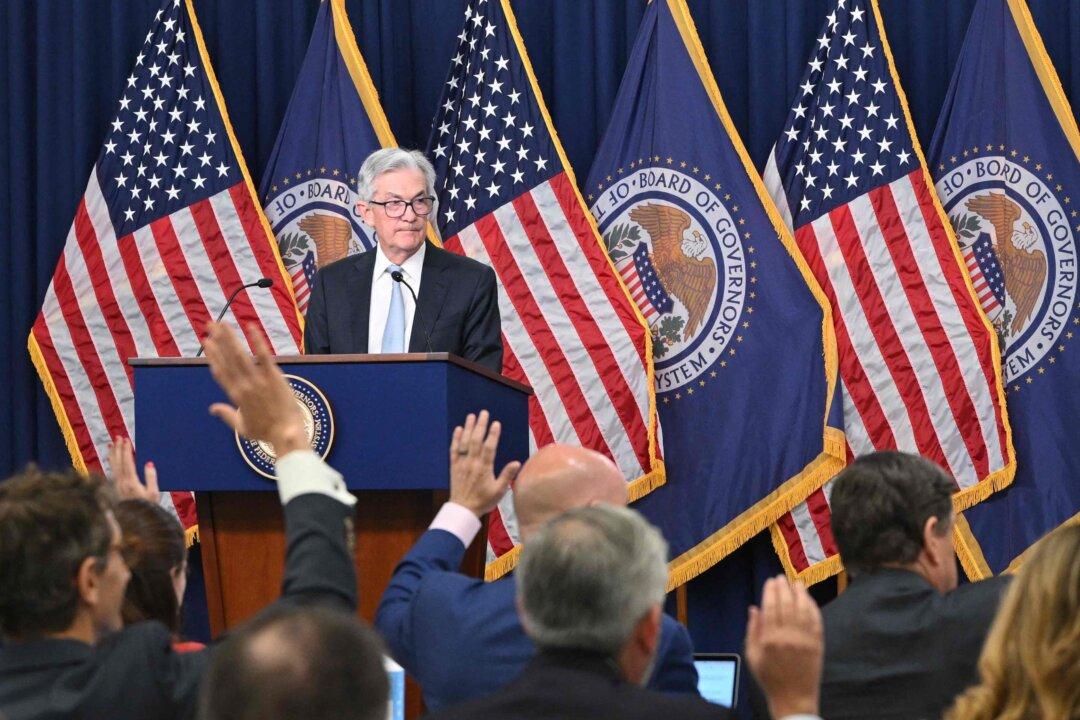Federal Reserve Chair Jerome Powell dashed investors’ hopes for a quick pivot away from restrictive monetary policy, saying during a Nov. 2 press conference that it’s “very premature” for market participants to be thinking about the central bank hitting pause on rate hikes amid the risk that expectations of higher inflation become entrenched.
In his remarks, Powell left open the prospect for a policy shift “at some point,” telling reporters that the Fed would closely monitor its impact on the broader economy. At the same time, he cautioned that rates would go higher than anticipated.





